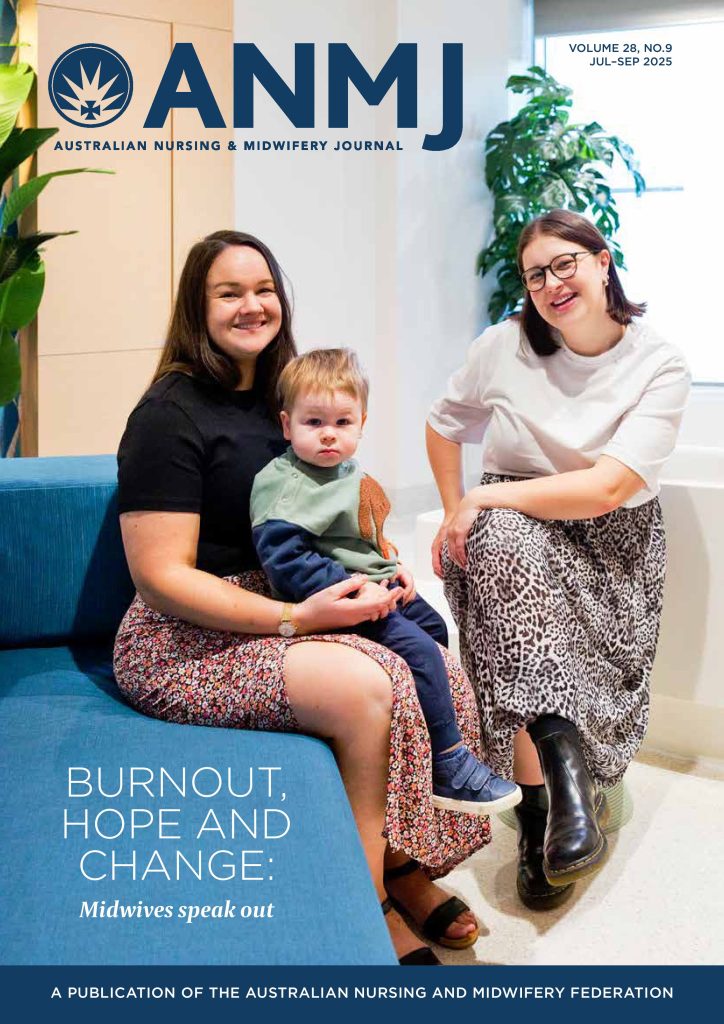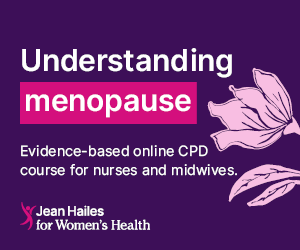Shift workers are more likely to crash their car after finishing their first night shift of the week, Australian research shows.
The CQ University study also found the likelihood of a shift worker crashing on the way home from night shift on the first night was eight times greater than the likelihood of crashing on their way to work.
The findings rebuff the theory that the cumulative effects of night shift increase the risk as time goes on.
CQUni Adelaide’s Appleton Institute recruited 43 people for simulated shift work in its sleep laboratory.
Study participants completed seven consecutive eight-hour night shifts simulating office work. Then each day they had a 20 minute ‘commute’ in a driving simulator at 10.30pm – as if they were driving to work; and at 7.10am – as if they were driving home.
Results showed that the accident risk was greatest after the first night shift and then declined throughout the week.
“Most guidelines recommend a maximum of two-to-four consecutive night shifts, based on the notion that fatigue risk increases with each successive night shift due to accumulated sleep loss. Our results challenge that notion,” CQUni lead researcher Professor Greg Roach said.
The research was presented at the recent annual Australasian Sleep Association conference held in Sydney.









3 Responses
I finish work at 9pm. Heading home a lady hit me went straight through the STOP Sign. Still suffering with a sore shoulder. And haven’t been back at work. I work In age care
If you don t get a little afternoon rest before your first night shift,by the time you aredriving home you have been awake for over 24 hours usually. Then as the week progresses,as long as you get some sleep,( a lot of people only get 4-5 hoursduring the day) youbecome accustomed to it. I regularly have microsleeps on the way home,usually first night. Very scary,very dangerous. What is the solution?
alway have an afternoon sleep on your first night shift if you can and go to bed when you get home in the morning dont stay up if tried have a sleep before driving home .